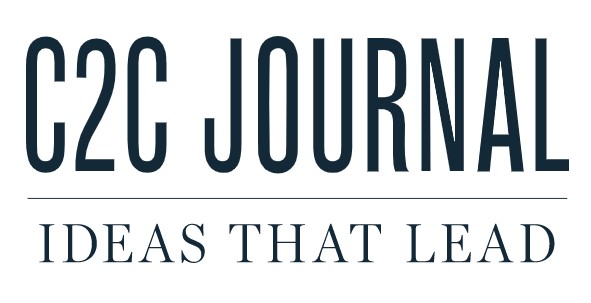Taken together, the federal, provincial and territorial governments produced this country’s first $30-billion budgetary surplus in fiscal 2006-07, the biggest single-year surplus in Canadian history.
This is a great deal of discretionary cash. For $30-billion, you could scrap the GST for one year. For $30-billion, you could fix as much national infrastructure in one year as we will probably fix in 10. For $30-billion, you could pay down debt and save a billion dollars a year in interest charges forever. Or you could have done a bit of each – which is, in fact, what these 14 governments have mostly done.
The federal government and every provincial and territorial government shared in setting this remarkable record, although Quebec’s meagre contribution ($29-million) was essentially symbolic. These governments spent $550-billion; they collected $580-billion. Significantly, the provinces ended up with more surplus revenue ($16.5-billion) than did the federal government ($13.8-billion). But why shouldn’t they? After decades of centralizing wealth and power in Ottawa, the federal government has begun to restore fiscal balance to the country. After decades of want, the provinces are rolling in cash. It’s about time.
The Constitution does, after all, delegate the heavy lifting in this country (education, health care, social services) to the provinces. Since 2000-01, the federal government has increased transfer payments to the provinces by almost 50 per cent (from $27.1-billion to $49.2-billion). This extra $22-billion covers the provincial surpluses – and an extra $5-billion a year to boot.
As Finance Minister Jim Flaherty’s federal 2008 budget discreetly put it: “Both the federal government and the provincial governments remain in a strong fiscal position.” Indeed. In 2006-07, six provinces recorded budget surpluses equal to 1 per cent of gross domestic product or more – an affluence marginally greater than that of the federal government. For years, the provinces ran deficits equal to 2 per cent of GDP or more.
In 2000-01, provincial revenues stood at 18 per cent of GDP – and have since kept pace with GDP. In 2000-01, federal revenues stood at 18 per cent. Since then, they have fallen to 16 per cent. Expressed as dollars, these percentages mean that provincial revenues exceeded federal revenues in 2000-01 by $5-billion; that they exceeded federal revenues in 2006-07 by $36-billion.
Budget 2008 observes: “Federal cash transfers to the provinces and territories have been the fastest-growing component of federal spending for the last eight years. As a result, they are expected to rise to 19 per cent of all federal spending in 2007-08, the highest level in 30 years.” Further, this share “will likely continue to grow in the coming years.” Excellent.
The combined surpluses of all these governments do measure precisely the country’s excess taxation. However unnecessary, the surpluses are generally not wasted.
Even big-time spender Ontario has used two consecutive surpluses to pay down debt. All deadweight government spending aside, the federal government and the provinces are behaving themselves remarkably well – in a fiscal sense, at least. They are reducing taxes. They are paying debt. They are spending, too – but more modestly, especially now that recession lurks. Canadian governments aren’t all Keynesian any more.
No one is throwing money at grandiose schemes, which are now anachronistic, things of the past in an aging and shrinking country. Note Mr. Flaherty’s explanation for his emphasis on paying down debt: “Further debt reduction is necessary to better situate Canada to deal with the pressures of population aging.” Look at it this way. We’re still spending 13.6 cents from every federal tax dollar to pay interest on the national debt. Without this debt, the government could provide the present range of public services in the years ahead with 13.6 per cent fewer taxpayers.
For the first time in many decades, our governments appear fiscally principled – if not puritanically frugal, at least restrained by virtue of some kind. In a single decade, Canada has reduced its net debt (as a percentage of GDP) from the second highest in the G7 countries to the lowest.
Our net debt – all our governments included – equals 20 per cent of GDP. Four of the other G7 countries (France, Britain, Germany and the United States) have net debt in excess of 40 per cent of GDP. Italy’s net debt equals 85 per cent of its GDP; Japan’s net debt equals 90 per cent.
Paying down debt probably isn’t always all that popular – and there are compelling reasons to cut taxes and fix decrepit infrastructure. But this disciplined action is prudent and proper. It is also progressive (to use a popular euphemism) and conservative. It could well emerge, decades hence, as Canada’s most important social program of the 21st century.


